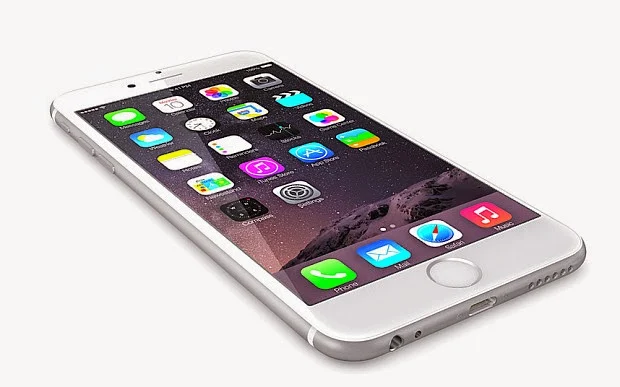Apple’s latest update to iOS has now made it possible to share music, apps as well as books with family at no cost wherein a family need not buy additional copies of the Beatles’ catalogue. The family sharing feature to iOS 8 now makes it easier for the entire family to share purchases on iTunes, App Store and iBooks.
It enables the family to access the music, books and apps which have been bought on one account and the others need not buy separate copies. Apple has designed this feature to bring about harmony to the family’s digital life by sharing photos, creating a family calendar and keeping in touch with each other from any location, but more than that it means that one can save a large amount of cash.
Earlier one would have to buy a copy if they desired it on their iPhones or iPad but now with the option of Family Sharing, one member could buy a single copy and the same could be shared with the other members in the family. Besides this, the shared calendar could also help in keeping updates with all the comings and goings at family level.
Sync Up to 6 Accounts
With the minimum of efforts, one can sync up to 6 accounts and avail the family sharing feature To get started one would need to setup their account on their iPhone by going to Settings >iCloud>Family>Add Family member, wherein one would be asked to provide the Apple ID of the person intending to be added.
The feature required that one of the members to be a family organiser and set up a profile with a name and image. One can choose the option to either send invite to their member device or if they are around could seek their permission to enter their password in the setup screen and iCloud would automatically add them in the group.
If kids below 13 years having no Apple ID could also be added right from the Family sharing page provided they have a credit card account and once a member joins in the group, the Family Sharing features are activated on their device.
iTunes/iBooks/App Stores – Collections of Content
Once the member has been added to Family Sharing plan, songs, movies, album, TV shows apps and books that a family member has purchased are now immediately available to all in the group. To locate music or apps which other members could have purchased, one needs to visit the purchased tab in iTunes, App Store or iBooks to browse on the collections of content and then tap the iCloud icon to download the same on individual device.
The other family members could also access the entire collection just the same way and should there be some items on your account which one does not want the other members to see, one can hide individual books, apps and movies on opening iTunes on your Mac, go to the Purchased section and choose the item intending to delete till a X appears in the top left corner.
Those who have joined the Family Sharing account could pay for all their new purchases on iBooks, iTunes and the App Store on providing their credit card details.














